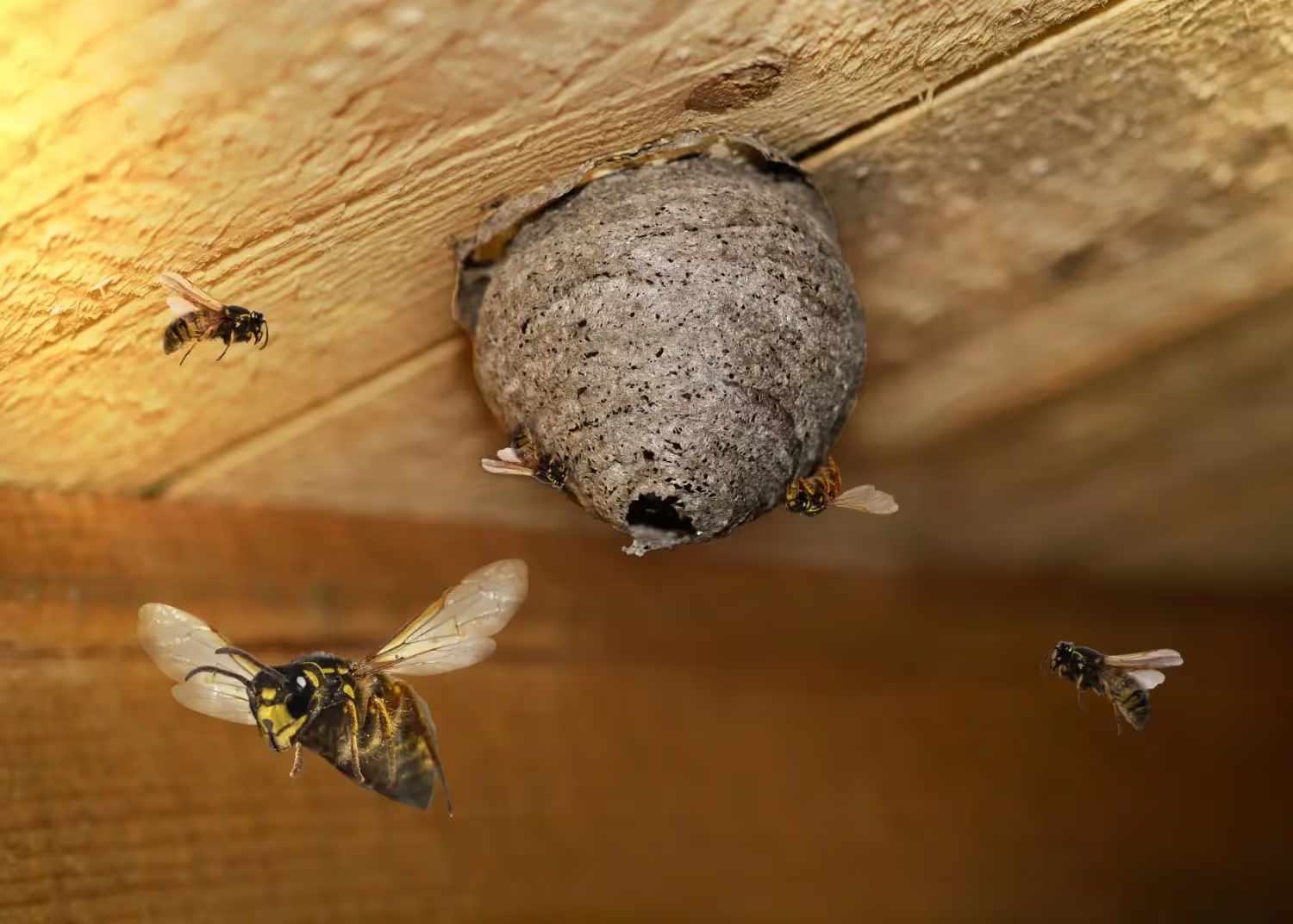

Bee Removal in Granville, TX
Safeguard your property with bee removal in Granville, TX from Spot On Pest Control. Get expert, fast, and reliable removal solutions. Contact us today.

Bee Removal in Granville, TX
Bee infestations can quickly turn from a minor concern into a serious issue for homeowners in Granville, TX. Whether it’s a hive hidden inside your walls, a colony in the attic, or swarms gathering in your yard, the risks range from painful stings to structural damage. At Spot On Pest Control, LLC., we combine safety, environmental responsibility, and proven methods to ensure bees are removed effectively without unnecessary harm to local pollinators. Our goal is to protect your property while maintaining balance with the environment.
Why Bee Removal Matters in Granville, TX
Granville’s warm climate and extended growing season make this region attractive to honey bees and other native pollinators. That benefits local gardens and crops, but it also increases encounters between bees and people. Left unaddressed, a hive can cause:
- Increased sting risk: Family members, pets, and neighbors are at higher risk.
- Structural damage: Honey, comb, and moisture can weaken walls or attics.
- Secondary pest problems: Lingering honey attracts ants, rodents, and mold.
Timely assessment and an appropriate removal strategy reduce these risks while protecting beneficial pollinators when possible. Spot On Pest Control, LLC. specializes in handling these issues safely and effectively.

Common Bee Problems in Granville, TX Homes
- Hives in wall cavities, attics, or soffits: Can cause staining and insulation damage.
- Ground nests: Often found near play areas or landscaping pathways.
- Seasonal swarms: Clustering temporarily on trees, fences, or structures.
- Carpenter bee drilling: Creates holes in deck railings and trim.
- Repeat activity: Occurs if the nest is not fully removed.
Live Hive Removal Versus Extermination
Live Hive Removal (Relocation)
- Best suited for honey bees when the hive is accessible.
- Involves capturing the queen and relocating the colony into a hive box.
- Conducted during low-activity times like dusk or dawn.
- Requires trained professionals with proper equipment.
- Helps preserve pollinators vital to agriculture.
Extermination
- Consider if hives are unsafe or species are highly aggressive.
- Uses targeted treatment to neutralize the colony quickly.
- Must include removal of comb and honey to avoid reinfestation.
Decision Factors
- Species identification: Honey bees can often be relocated.
- Hive location and accessibility: Wall or void nests complicate relocation.
- Occupant vulnerability: Children, elderly, or allergic individuals may require faster measures.
Assessment Process: What a Professional Will Evaluate
Spot On Pest Control, LLC. follows a structured inspection process in Granville homes:
- Species and behavior: Confirm honey bees, bumble bees, wasps, or carpenter bees.
- Hive size and presence of brood: Determines relocation feasibility.
- Structural impact: Access points through siding, vents, or attic spaces.
- Risk factors: Playgrounds, nearby beehives, or allergic residents.
- Environmental considerations: Gardens, crops, and native pollinator activity.
Safe Relocation Practices
- Evening operations when foragers are back in the hive.
- Protective gear for crews and safe buffers for residents.
- Capturing the queen to preserve colony structure.
- Using breathable transport boxes for immediate relocation.
- Monitoring to confirm the colony establishes in the new location.
Protective Measures During Removal
- Securing the area and notifying neighbors if needed.
- Using non-lethal deterrents or smoke to calm bees.
- Applying chemical treatments only as a last resort.
- Wearing full protective gear and posting exclusion signage.
Follow-Up Site Repairs and Prevention
- Removing comb, honey, and damaged insulation.
- Cleaning and deodorizing voids to remove pheromone cues.
- Sealing entry points, repairing siding, soffits, and vents.
- Installing barriers or recommending landscaping changes to deter future activity.
Environmental and Community Considerations
- Relocation preserves pollinator populations important to crops and gardens.
- Some local ordinances encourage relocation for honey bees.
- Proper comb disposal prevents secondary pest issues.
Emergency Response Options and Timing
- Aggressive swarms near schools, medical sites, or family areas.
- Nighttime interventions for safer live captures.
- Short-term nest sealing when immediate risks outweigh relocation.
- Responses focus on safety, property protection, and ecological balance.
Choosing the Right Approach for Your Property
Selecting the appropriate bee removal strategy in Granville, TX depends on species, hive location, occupant risk, and environmental priorities. Live hive removal is preferred for preserving pollinators and avoiding long-term ecological harm, while targeted extermination and structural repair are sometimes necessary to protect people and property.
A professional assessment that documents the infestation, recommends options, and outlines follow-up repairs will provide the clarity needed to make an informed decision. Spot On Pest Control, LLC. ensures every homeowner receives guidance tailored to their situation.
Why Choose Us?
- Expertise: Years of experience managing both relocations and exterminations.
- Environmental responsibility: We prioritize saving pollinators whenever possible.
- Comprehensive solutions: From hive removal to structural repair and prevention.
- Trusted service: Granville homeowners rely on Spot On Pest Control, LLC. for safe, professional results.
Take Back Your Space – Call Us Today
Bee problems in Granville, TX should not be ignored. Protect your home, family, and community with trusted services from Spot On Pest Control, LLC. Learn more about our financing, explore our about us page, and ask about our tailored maintenance plan options to keep your property safe year-round. Contact us today for fast, professional bee removal service.
Our Services
Our pest control services cover ants, termites, bed bugs, rodents, mosquitoes, and other common pests, with customized solutions for both residential and commercial properties.
.png)



